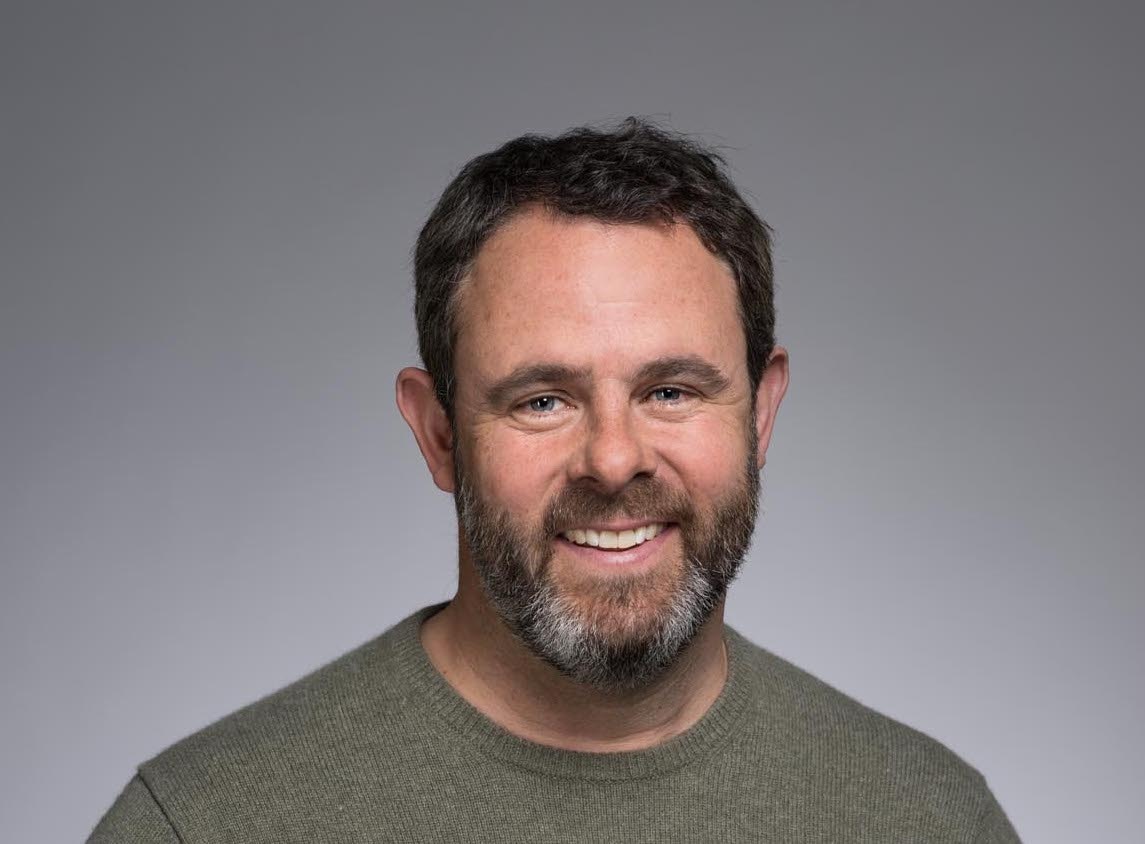VCs don’t just invest, they also “de-invest”. And right now, quite a few are getting desperate to do so.
M&A and IPOs have fallen off a cliff over the past few years, with the number of M&A transactions dropping by more than half in 2023 compared to 2022, according to the 2023 State of European Tech report.
The IPO market is at a standstill, secondaries have just begun to pick up and VCs’ investors, the LPs, are getting antsy.
For VCs who need to return capital to their investors, all that poses a problem.
“A well-working VC market requires a well-working exit market,” says Evelina Anttila, CEO and managing partner of early-stage Swedish VC Wellstreet — and a former M&A lawyer.
“It doesn’t matter how well you pick and nurture startups if you can’t maximise the value of your investments through an exit.”
What, then, is a VC to do?
The 10-year cycle
VCs typically raise funds that have a 10-year lifecycle: five years of investing, followed by five years of working with companies to create exits.
Most can also be extended by an extra year or two, to enable VCs to maximise the returns on investment.
“The basic rule is when we invest, we need to de-invest — and hopefully we can de-invest at a higher price than we invested in. Oftentimes we forget about this,” says Marc Fournier, cofounder and managing partner at French VC Serena Capital.
“The valuation that really matters is the one at exit — the rest are artificial milestones to get you there,” says Anttila.
As such, good portfolio management includes planning and getting exits.
And that starts right at the beginning.
Talk about the end at the start
It’s important to talk about a startup’s exit plan before it even takes money from a VC, says Fournier. “What isn’t helpful is to have that conversation later.”
Anttila agrees: “The earlier that founders and investors discuss [the exit] and align goals the better.”
“Be clear: one, do you want to sell? Two, at what price? And three, when?,” says Fournier, who invests at pre-seed up to Series A. “That conversation has to be crystal clear. Then you have to work on the company department by department in order to drive the exit.”
Anttila thinks we’ll see more “exit slides” appearing on pitch decks, even those of early-stage startups.
“Lately, we haven’t seen that much, but now investors will expect entrepreneurs to at least have thought through their funding path, as well as potential exit scenarios,” she says. Founders could mention potential acquirers or strategic partners in their pitch, and examples of relevant previous exits within their market to illustrate potential benchmarks, she adds.

Alignment at all times
Next up, you need to keep everyone on the same page about what the ideal exit would look like — everyone on the cap table, the board, the founders and the C-suite.
“You have to be aligned at all times; the exit has to be talked about and re-talked about,” says Fournier. “The overall big picture needs to be aiming towards the exit.”
The goal for an investor is, of course, to make the business worth more. “Focus on the KPIs that create value from one point to the next,” says Fournier.
That could be getting closer to profitability, boosting customer retention or working on your IP, says Anttila. Staying “neat and tidy” under the hood is also a good idea, she adds, to help any future deals go through more smoothly.
Lining up buyers
“Building strategic relationships early and expanding your network of potential buyers” is key, says Anttila. Investors can — and should — help make those introductions and identify opportunities. Then it’s over to the founders.
“You have to create conditions in which you have buyers,” says Fournier.
“You need to be constantly going on a roadshow, talking to competitors, meeting people just to touch base.”
“The worst thing is if a competitor company is purchased that is not as good as your company, because [the acquirer] didn’t know your company existed,” he adds.
Fournier says the list of potential buyers shouldn’t be endless, 20 at most. “Identify direct buyers; those who have money and those who have less money, and those who might be interested in coming into the space but aren’t directly involved.”
Increasingly, PE firms might also act as acquirers, says Anttila, and it’s worth thinking about what they’d want to see, and how to prepare for that kind of an exit.
Making the most of secondaries
For VCs, there’s also the option to exit at least some of their holding in a startup every time it raises fresh capital.
When a startup’s numbers seem to be heading up and to the right, it might seem strange to cash out — but VCs should be more disciplined in their thinking around these secondary transactions, says Oliver Holle, CEO and managing partner of seed VC Speedinvest.
“The whole industry — including ourselves — has been a bit naive about this topic,” he told Sifted.
“We had these conversations two years ago when there were lots of up rounds [about how much to sell]. We’d settle on selling 20 or 30% of our shares, or say ‘Let’s make sure we at least have our money back’. In hindsight, that’s not good enough.”
Now, many of those companies that raised several big rounds at big valuation upticks in 2021 and 2022 are struggling to raise their next huge round — and will be unlikely to raise it at a higher valuation — meaning their early investors would’ve done better to cash out a while ago.
“We are all learning that we should have been much more diligent, had a look at hardcore revenue multiples, taken more of an investment banker mindset. We should’ve sold more,” said Holle.
Buying more time
Opportunities to cash out at an up round are far less common now, meaning VCs need to be more creative and more proactive to return capital to their LPs.
Those in this position have several options; they can speak to their LPs and see if they’re happy to extend the fund for a year or two more.
If a fund is performing well — if a lot of the capital invested has already been returned — LPs are generally happy to do so, says Fournier.
“It’s okay to extend it if you have good companies in the portfolio; when you say, I already returned all of your money, I de-risked the fund, I’m going to keep in these two companies.
“What’s not cool is when you say you have 10 companies left in the portfolio… Then they say, ‘Well wait a second, what have you been doing over the last 10 years?’’’
Another option is to head to the secondaries markets — and there are now an increasing number of secondaries funds in Europe. VCs can sell their stake in an individual startup (often at a discount), or sell off whole portfolios. Seedcamp did this back in 2017, selling its first two funds to Molton Ventures, and earning a 4x return for its investors.
Or they can sell their shares back to the founder. “If companies are not doing well, typically we’ll sell them our shares,” says Fournier. It’s better to focus attention on portfolio companies that are doing well and cut your losses on the ones that aren’t.
“The important part is to keep on moving fast; the rest you have to turn around fast.”



